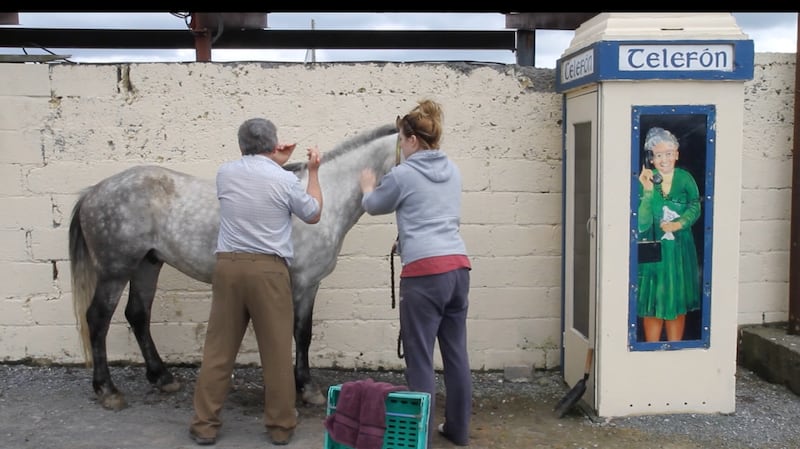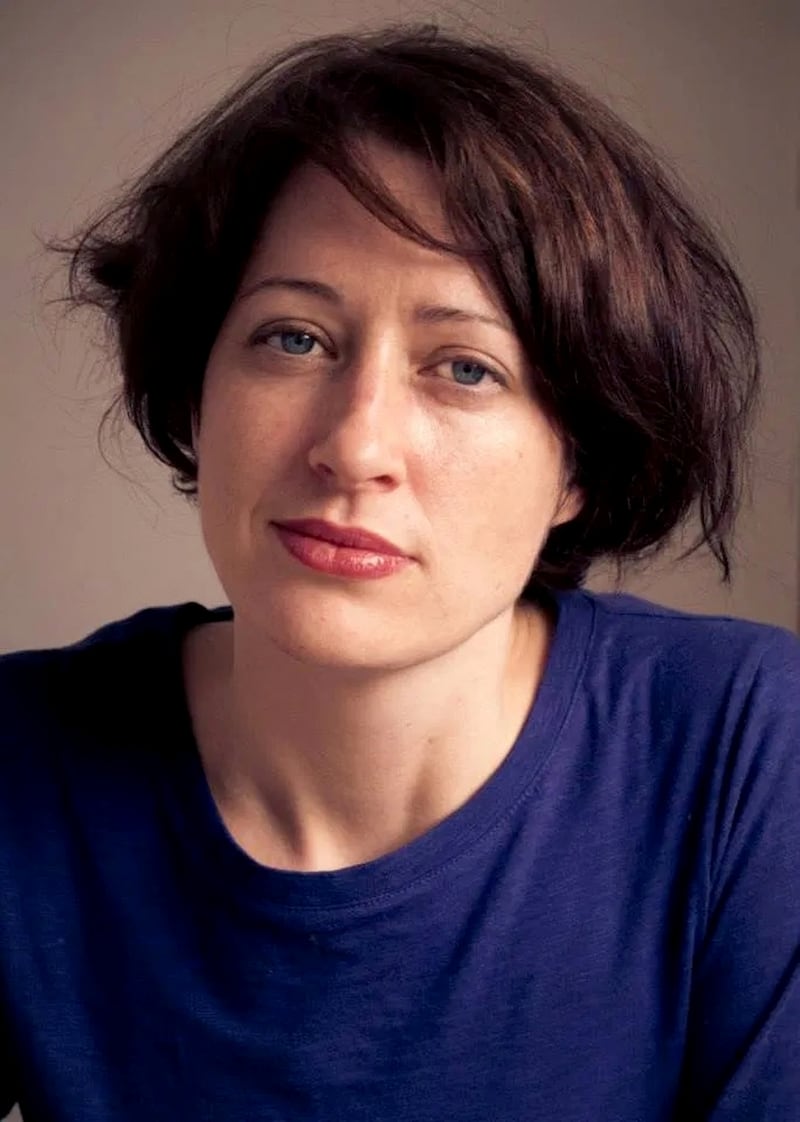Somewhere in Treasa O’Brien’s fascinating hybrid feature (her own “reluctant” description), she makes reference to a famous Tolstoy quote. “All great literature is one of two stories; a man goes on a journey or a stranger comes to town,” the great man wrote.
We need hardly wonder why she settled on Town of Strangers for a title. Dr O’Brien, an experienced academic and film-maker, is one of the strangers in Gort, Co Galway. Others could be the various immigrants – some English, many Brazilian – who have helped make that town such a cosmopolitan hub. Yet they are now locals. This is home.
"It is the town with the largest number of people not from Ireland living in it," she says. "The amount of people from Brazil was about half the population at one point. Though when I came to the town a lot of people had moved away because of austerity. But it was still a sizeable part of the community."

O’Brien says an Irish businessman initially brought over 25 workers from one Brazilian town where, following the closure of a meat factory, there was a great deal of unemployment. Families followed and a community was formed. Most of Town of Strangers, a charming, beautifully composed piece, consists of immigrants – some who have been here for decades – talking about their experiences in a changing Ireland. That wasn’t exactly the film O’Brien initially had in mind.
“There is a meta-story within the film about how I made the film,” she says. “In some ways Gort came to me and in others I came to Gort. I was working on a fiction script called The Miracle of Colonel Sanders’ Tears that I had set in Gort. It was originally set in Texas. I went to Gort to research it. I found myself feeling pigeonholed between definitions of documentary and fiction films.”

Influenced by Iranian cinema – works that so often wriggle free from those confining definitions – she decided to cast non-actors in a fictional film that told real stories from the town. She called for auditions. Something rather different emerged.
“Yes. But in some ways the ghost of that idea is still in the film. It’s still there,” she says.
Identity struggles
Hamid, Ana, Rosa, Elham, Chloe, Ralf and others sit before the camera and discuss their dreams and ambitions. We hear about work, sexuality and struggles with identity. Few hold back in opening up their inner lives. It seems as if the participants were already telling stories in the audition period.
“I felt like I was encountering people in a way I didn’t expect,” she says. “They told me these stories. I embarked upon this journey with them. I was trying to do two things at the same time and somewhere along the way the fiction fell away and what I would call a documentary of the imagination started happening.”
O’Brien is keen to stress that this is not any sort of anthropological study, but one narrative that comes through is of two very different waves of immigration to Galway. The smaller, older movement found hippies from western Europe seeking a sort of idyll in the Burren hinterland. The larger, more recent wave takes in – once an unthinkable notion – the world moving to Galway in search of work.
“One of the reasons I wanted to make this film was because the long, long history of Ireland has been one of emigration and colonialism,” she says. “Now we are post-colonial and we have immigration rather than emigration. That’s a huge change. For better or worse, we are used to the other identity. We have so many songs about longing and being away. To an extent this film is about people coming here and longing for their places.”
O'Brien is herself a bit of a stranger in Galway. She was born in Dublin and moved to Kerry with her family when she was three years old. "I identify as a Kerry woman, we'll say," she says. Her website reveals a daunting array of qualifications and achievements. She has a degree in fine art, a master's in fiction directing and a PhD in film-making by practice. She has taught at (deep breath) University College London, University of Westminster, NUI Galway, Limerick School of Arts and Design, Galway-Mayo Institute of Technology and – alma mater of Steve McQueen and Damien Hirst – Goldsmiths in London. The web page jokes that "much of her formal teaching was undone when she was a participant of Werner Herzog's Rogue Film School".
Exploiting academia
So how does she balance film-making and academia? The two can work against one another.
“My honest answer – I may not get another job after this – is that I use or exploit the academic side to make my films. So making my films is what I am most passionate about. When I did my PhD it was very practice-based.”

We are used to the notion of Hollywood doubling up on familiar stories. There were the two versions of The Jungle Book recently. Remember when Kevin Costner and Patrick Bergin offered rival takes on Robin Hood in the same year? Few could, however, have guessed that, in a little over 12 months, we would get two fine documentaries on the changing face of the same Galway town.
O’Brien was impressed by Keith Walsh’s When All Is Ruin Again. Melding meditations on Yeats with discontent concerning a new motorway, that piece could play as the complementary half of a double bill with Town of Strangers. Does O’Brien see her film as being in conversation with Walsh’s monochrome reverie?
“Yes. I know the film-makers. So we had conversations during the film-making. It’s wild that they came out at the same time and they’re set in the same space we now call Gortywood. Mine is very much the town of Gort, whereas Where All Is Ruin Once Again is based on the new road and the environs of Gort. It’s great really. The more, the better. And there are another couple of films that were made at the same time.”
Hooray for Gortywood!
Town of Strangers is available to stream via the IFI@Home service from March 19th












